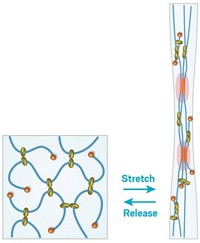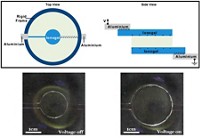Advertisement
Grab your lab coat. Let's get started
Welcome!
Welcome!
Create an account below to get 6 C&EN articles per month, receive newsletters and more - all free.
It seems this is your first time logging in online. Please enter the following information to continue.
As an ACS member you automatically get access to this site. All we need is few more details to create your reading experience.
Not you? Sign in with a different account.
Not you? Sign in with a different account.
ERROR 1
ERROR 1
ERROR 2
ERROR 2
ERROR 2
ERROR 2
ERROR 2
Password and Confirm password must match.
If you have an ACS member number, please enter it here so we can link this account to your membership. (optional)
ERROR 2
ACS values your privacy. By submitting your information, you are gaining access to C&EN and subscribing to our weekly newsletter. We use the information you provide to make your reading experience better, and we will never sell your data to third party members.
Materials
Synthetic Polymer Inspired By Nature
Biomimetic polymer takes advantage of hydrogen bonding to replicate the elasticity and toughness of the muscle protein titin
by Sophie L. Rovner
June 22, 2009
| A version of this story appeared in
Volume 87, Issue 25
Most man-made polymers can't match the multiple mechanical properties of natural biopolymers, according to Zhibin Guan and Aaron M. Kushner of the University of California, Irvine. Nevertheless, they and their colleagues gave it a try and report that they have fashioned the first synthetic polymer to possess the multiple attributes of good resistance to deformation, high toughness, and adaptive properties such as shape memory (J. Am. Chem. Soc., DOI: 10.1021/ja9009666). The researchers used as a model the biopolymer titin, a protein that gives muscle tissue its elasticity. Their synthetic version resembles a beaded necklace and consists of a chain of macromolecular rings separated by long-chain ester-alkene spacers. Each ring is cinched at the middle by four hydrogen bonds between the ring's ureidopyrimidone moieties (shown). When a film cast from the polymer is stretched, the hydrogen bonds break as the pyrimidones are pulled apart and the rings elongate. When left at room temperature, the stretched polymer gradually relaxes back to nearly its original size; if it's heated, the polymer rapidly resumes its original dimensions. Guan says the polymer could be used to make implants, prosthetics, or shape-memory smart materials.





Join the conversation
Contact the reporter
Submit a Letter to the Editor for publication
Engage with us on Twitter